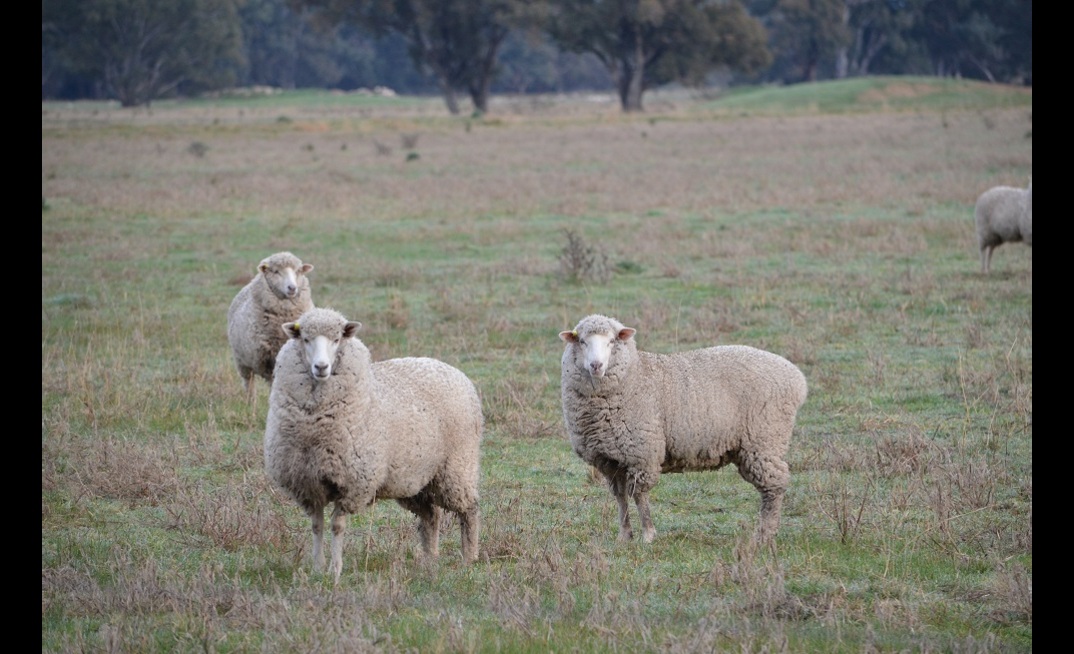MLA market analyst, Emily Tan, said market confidence influenced producer decisions this year, with increased volatility also challenging for producers trying to read the market.
"The market outlook is heavily impacted by producer confidence, weather forecasts and prices," Tan said.
"In previous years, favourable weather conditions had contributed to record high prices as producers expressed confidence in the market. However, this year was marked by uncertainty.
"According to the Sheep Producer Intentions Survey, key areas of concern included live sheep exports, potential increases to input costs, and the Bureau of Meteorology declaring an El Niño in September.
"Although underlying industry conditions were generally strong throughout the year, the outlook seemed relatively negative at some points as poor long-term weather forecasts met with higher costs and an unsettled global environment, pushing prices below what a ‘fundamentals' analysis of conditions may have arrived at."
The 2023 sheep and lamb market saw a rapid decline in prices over most of 2023, with the National Livestock Reporting Service (NLRS) showing the national trade lamb indicator dropped by 49 per cent and mutton by 78 per cent, before lifting rapidly over recent weeks.
NLRS data reveals the trade lamb indicator started the year at 804.29 cents per kilogram carcase weight, before plummeting to 411.41c/kg cwt in September and then lifting to 639.57c/kg cwt (as of 16 December), to finish 20 per cent below January prices. Mutton dropped from 454.94c/kg cwt in January to a bottom of 98.18c/kg before lifting to 161.29c/kg cwt last week- a 65 per cent drop since the start of the year.
Tan said producers' reactivity to market conditions leant towards faster destocking and restocking, depending on prevailing conditions.
"This was primarily driven by weather, as movements in the Australian livestock market usually are," she said.
"While the sheep and lamb market is not as reactive as the cattle market, demand for restocker lambs has tripled since October's east coast rainfall and the spring flush of young lambs."
Tan said the large flock has created some concern among market participants regarding processor capacity.
"This was especially acute through the middle of the year, when drying conditions in some parts of the country were encouraging producers to turnoff sheep in anticipation of lower carrying capacity in the future," she said.
"The arrival of rain in October, alongside record-high lamb slaughter figures, helped to assuage some of this concern, subsequently boosting market confidence and leading to a rapid increase in prices."
Looking forward, Tan said rainfall across the east coast has injected positivity into the market moving into 2024.
"The large Australian flock has been met with record export volumes and high lamb slaughter numbers through the year," she said.
"In 2024, we are likely to see Australia retain its position as a major sheepmeat producer and the world's largest exporter."
























